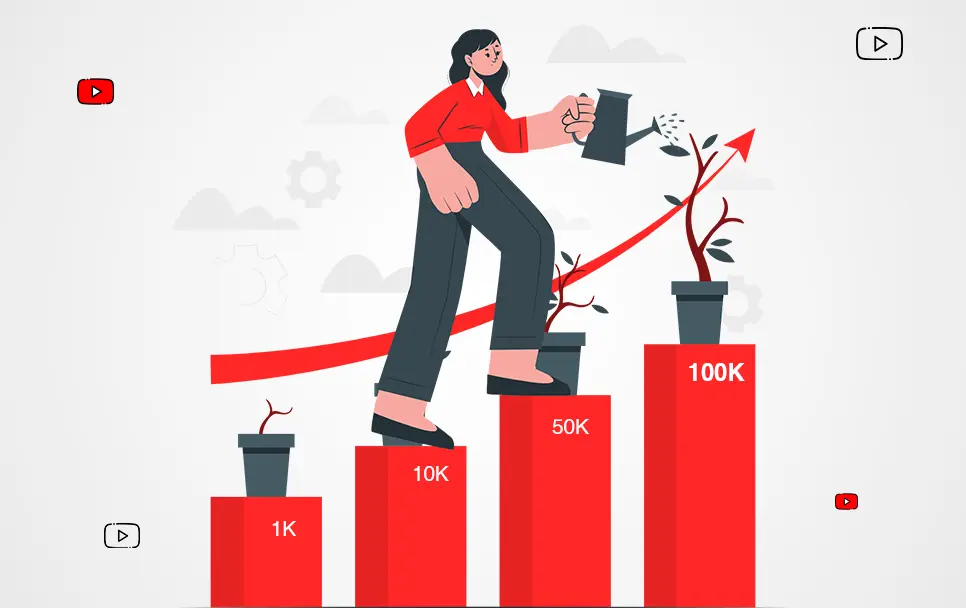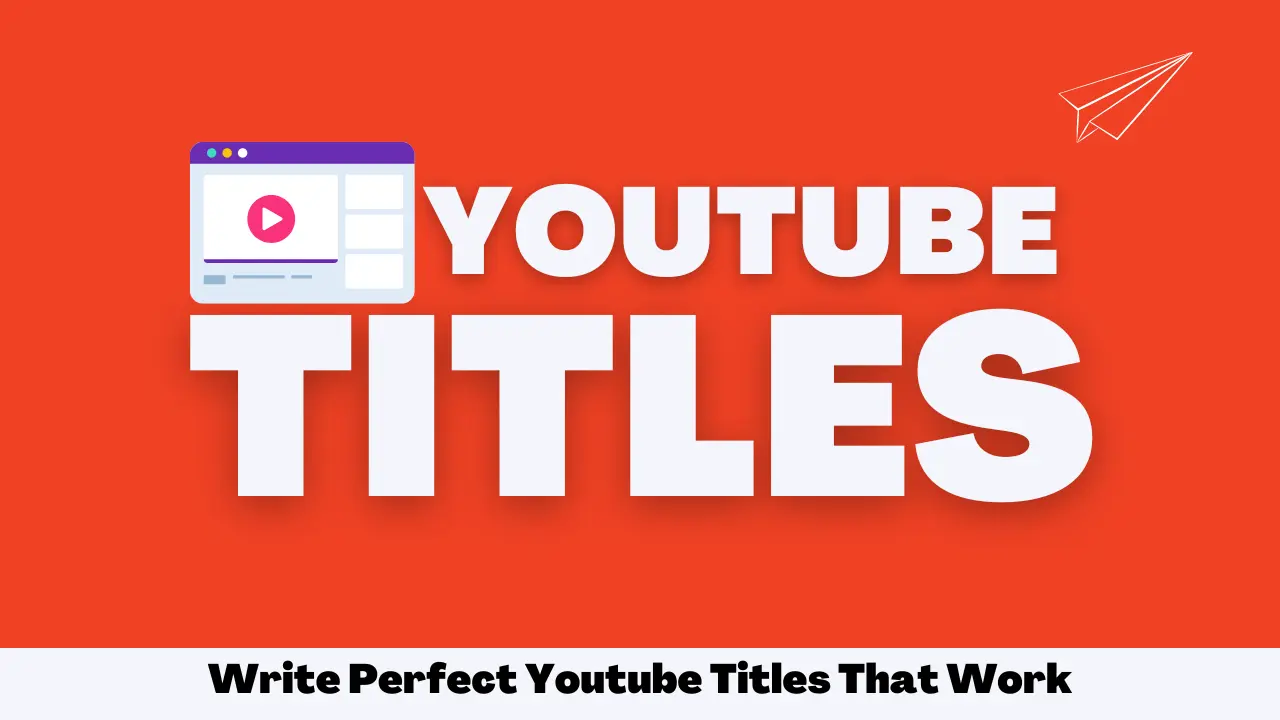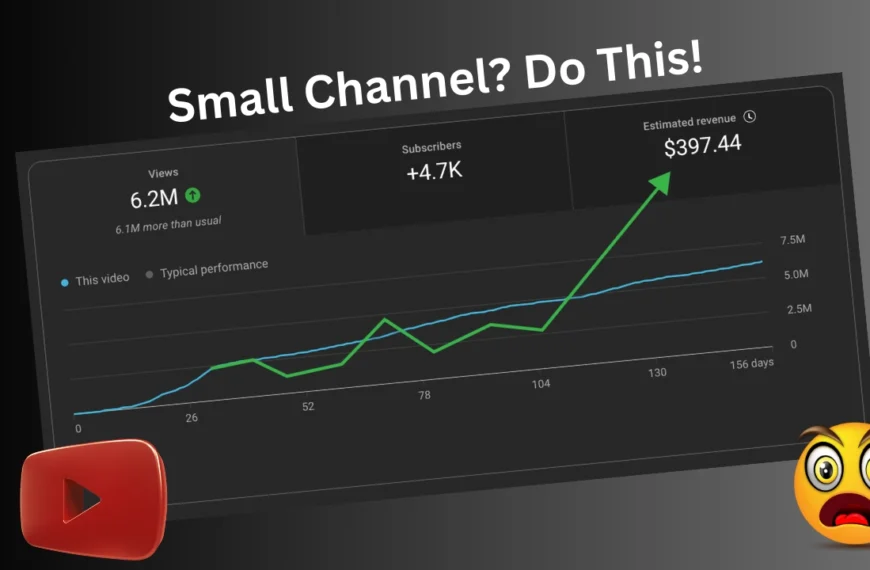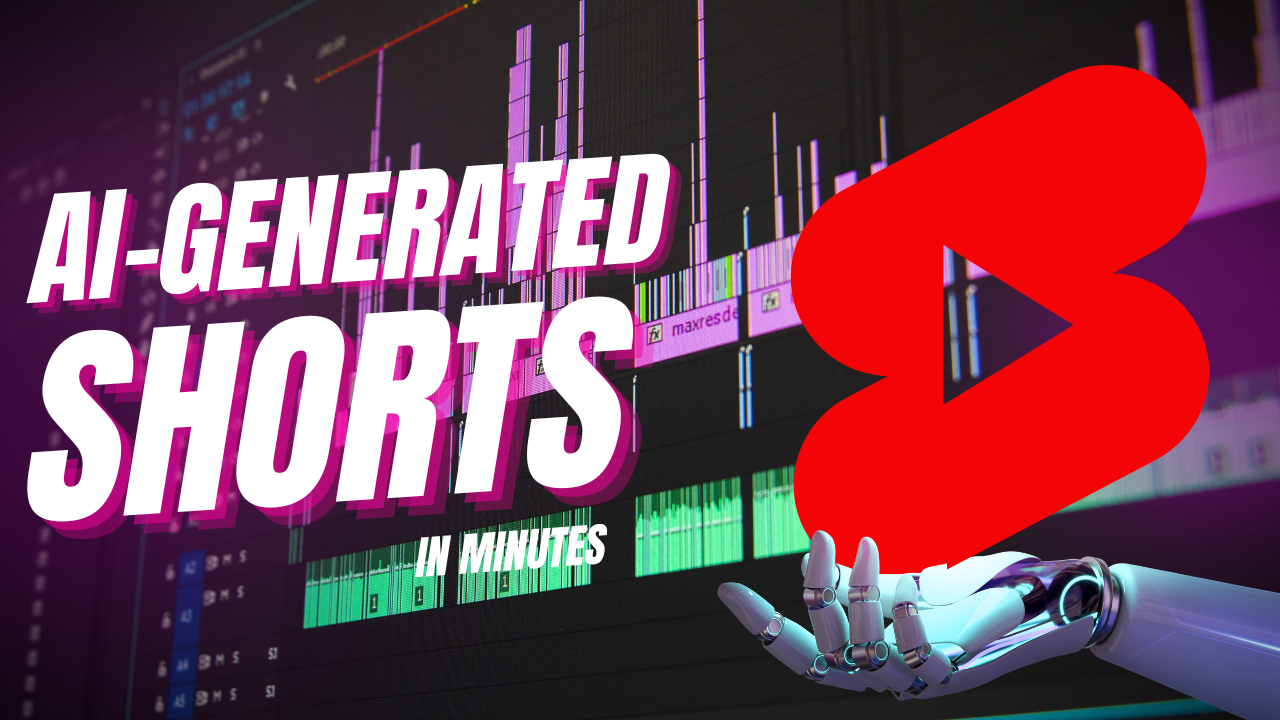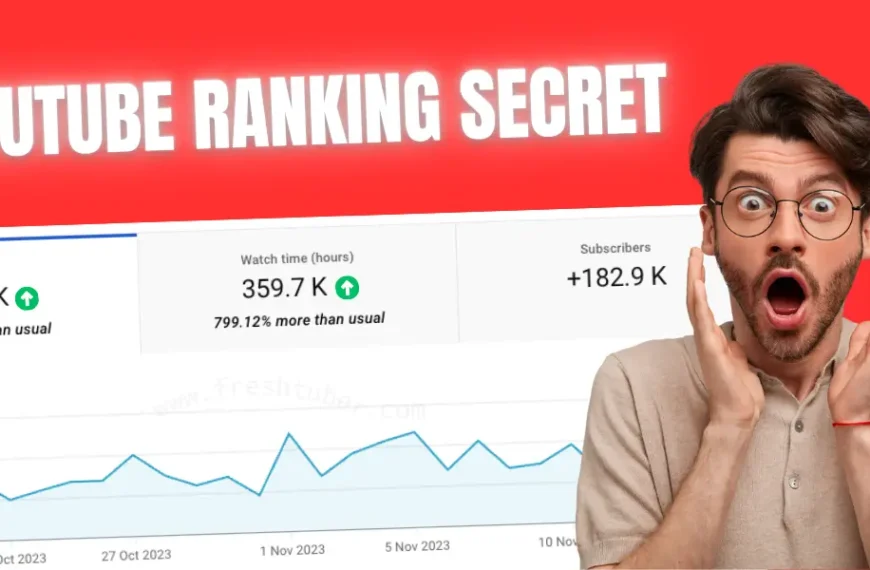Discover the winning journey of YouTube’s success, from its humble beginnings to global dominance.
🚀 Explore how it revolutionized interactive content sharing, empowered creators, and shaped popular culture.
When YouTube was made, it marked a significant turning point in the history of the internet.
This revolutionary video-sharing platform transformed the way we consume and share videos today. So, let’s delve into the inspiring journey of YouTube Genesis and explore its profound impact on the internet.
The Birth of YouTube
Early beginnings and the founders
YouTube’s journey began In 2005 in San Mateo, California with the vision of three former PayPal employees, Chad Hurley, Steve Chen, and Jawed Karim.
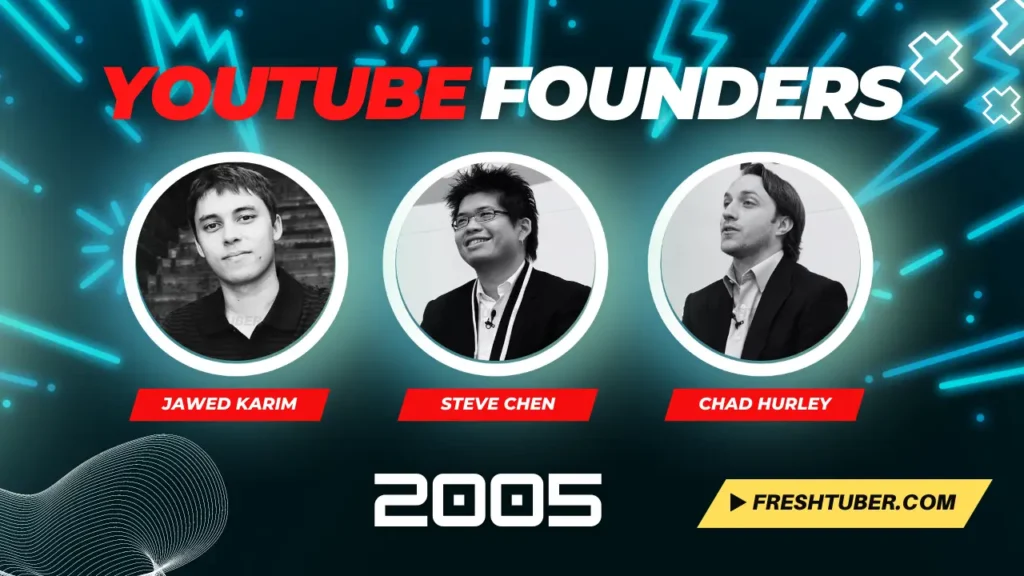
They recognized the need for a platform that would simplify the process of sharing videos online.
Launch date and initial purpose
On Valentine’s Day February 14, 2005, Domain YouTube was registered. At first, it was called ‘Tune In, Hook Up‘, and it was supposed to be a dating website.
They even offered $100 to any woman who would upload a video of herself to YouTube. But they didn’t get many videos, so they decided to change their plan.
Do you remember the Super Bowl show when Justin Timberlake and Janet Jackson performed, and there was a wardrobe mishap?
After that happened, One of YouTube’s creators, Karim, wanted to see the clip online but couldn’t find it anywhere.
The creators of YouTube then realized they couldn’t find any videos of it online. That’s when they decided to change their website.
They turned it into YouTube, the first big website where people could upload and share all kinds of videos.
It first started in May 2005 on a limited (“beta”), it was still being tested and wasn’t open to everyone.

But even then, about 30,000 people were visiting it every day.
The First Video and the Beta Launch
The first YouTube on youtube was “Me at the Zoo” which was uploaded on April 23, 2005, at the San Diego Zoo, by Jared Karim. Also became the first YouTuber when he was 25 years old at the time.
This 19-second clip, now has over 276 million views, on Karim’s YouTube channel.
Back then, YouTube was mostly used by regular people who just wanted to share things they made, not by big companies or famous people trying to make money.
The platform quickly gained traction, attracting users who were eager to showcase their talents, share educational content, or simply document their daily lives.
By the time YouTube officially opened to everyone on December 15, 2005, people were watching over two million videos on it every day.
Just a month later, in January 2006, people were watching over 25 million videos daily.
By March 2006, there were over 25 million videos on YouTube, and people were adding 20,000 new videos every day.
By the summer of 2006, YouTube was really popular. People were watching over 100 million videos on it every day, and more and more videos were being added all the time.
However, this rapid growth brought its own set of challenges, including the need for increased server capacity and potential copyright infringement issues
However, its user-friendly interface and the ability to easily upload and share videos made it stand out.
A great example of YouTube’s early success is the “Charlie Bit My Finger” video. Uploaded in 2007, this short clip of two young boys became an internet sensation, receiving millions of views.

It highlighted the platform’s potential for viral content and capturing moments that resonated with a wide audience.
Blendtec, a blender manufacturer, utilized YouTube to transform its marketing strategy. Through a series of videos titled “Will It Blend?”, they showcased their blender’s power by blending unusual items like iPhones and golf balls.

These videos went viral, significantly increasing brand visibility and driving sales.
They made YouTube a place where anyone could upload any type of video they wanted.
Youtube Timeline
2005: The Early Days
- July: YouTube introduces HTML embedding, allowing users to share videos on other websites. The platform also launches a “Top videos” page.
- August: A 5-star rating system is introduced, giving users a way to express their opinion about videos.
- October: YouTube introduces several new features, including Playlists, Full-screen view, and Subscriptions, enhancing the user experience.
2006: Expanding the User Experience
- January: YouTube launches the Groups function, allowing users to create and join groups based on shared interests.
- February: Personalized profiles are introduced, giving users more ways to express their individuality.
- March: A 10-minute video limit is implemented to manage server load.
- April: The Directors function is launched, providing more tools for content creators.
- May: YouTube introduces Video responses and Cell phone uploading, further enhancing the user experience.
- June: Further personalized profiles and Viewing history features are introduced.
2007-2008: Going Global and Improving Quality
- June 2007: YouTube launches Local language versions and a Mobile web front end with RTSP streaming, expanding its global reach.
- March 2008: 480p videos and a Video analytics tool are introduced, improving video quality and providing valuable insights for content creators.
- May 2008: Video annotations are introduced, giving content creators more ways to engage with their audience.
- December 2008: The Audioswap feature is launched, allowing users to add music to their videos.
2009-2010: Enhancing the Viewing Experience
- January 2009: Google Videos uploading is halted, focusing all video uploading on YouTube.
- June 2009: The “YouTube XL” front end for television sets is launched.
- July 2009: 720p videos and support for 3D video are introduced, enhancing the viewing experience.
- November 2009: 1080p videos are introduced, further improving video quality.
- December 2009: Automatic speech recognition and Vevo launch.
- March 2010: The “Thumbs” rating system is introduced, simplifying the way users express their opinion about videos.
- July 2010: 4K video is introduced, taking video quality to a new level.
- December 2010: The Groups feature is removed, focusing on individual user experiences.
2011-2012: Introducing New Features
- April 2011: Live streaming is introduced, allowing users to broadcast live videos.
- November 2011: YouTube Analytics and Feature film rental are introduced, providing valuable insights for content creators and expanding the platform’s offerings.
- March 2012: Seek bar preview tooltips are introduced, improving the user experience.
2013-2014: Major Changes and Improvements
- March-June 2013: Transition to the “One” channel layout.
- September 2013: Removal of video responses feature and Google+ integration of comments sections.
- October 2014: 60 fps videos are introduced, enhancing the viewing experience.
2015-2016: Pushing the Boundaries
- March 2015: 360° videos are introduced, providing a new way to experience videos.
- June 2015: 8k video is introduced, pushing the boundaries of video quality.
- November 2015: YouTube Red launches, offering an ad-free viewing experience.
- February 2016: YouTube subscription service is introduced, providing more ways for content creators to
earn revenue.
- April 2016: Live streaming with 360° and 1440p is introduced, enhancing the live streaming experience.
2017-2018: New Services and Features
- February 2017: YouTube TV launches, offering live TV streaming services.
- March 2017: The ability to modify video annotations is removed, simplifying the user interface.
- August 2017: YouTube introduces a new logo and defaults to a new “polymer” website version.
- September 2017: The Video Editor is discontinued, focusing on the platform’s core features.
- June 2018: The “Premieres” feature is introduced, allowing content creators to schedule the release of their videos.
2019-2020: Streamlining the Platform
- January 2019: The Annotations and AutoShare features are removed, simplifying the user interface.
- September 2019: Visible subscriber counts are abbreviated to three leading digits, simplifying the user interface.
- 2020: The option for the legacy website version (“disable_polymer”) and the legacy “Creator Studio” are removed, focusing on the new website version.
2021-2022: Enhancements and Changes
- July 2021: A purge of pre-2017 unlisted videos through mass privatization is conducted.
- November 2021: The public dislikes count is removed, focusing on positive engagement.
- October 2022: A new UI Design is introduced, enhancing the user interface. The “Handles” feature is also introduced, providing more ways for users to customize their profiles.
- June 2023: From Fan Funding to Shopping: More Ways for Creators to Earn on YouTube (June 13, 2023): This update brought new monetization options for YouTube creators, possibly including fan funding and shopping features.
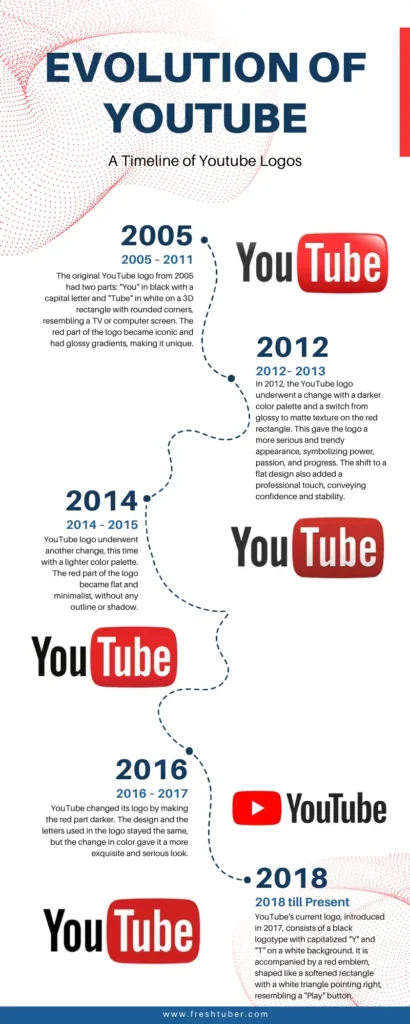
YouTube’s Impact on the Internet
YouTube’s influence extends beyond entertainment. It has transformed online marketing, branding, and even the way we learn.
From DIY tutorials to educational lectures, music videos to documentaries, YouTube has something for everyone.
It has also empowered individuals and communities, giving them a platform to share their stories, voice their opinions, and showcase their talents.
The rise of video-sharing platforms
YouTube’s success opened a new way for the emergence of numerous video-sharing platforms.
Websites and apps dedicated to video content creation and consumption started popping up, offering creators alternative platforms to showcase their talent and connect with audiences.
Vine, a short-form video platform, gained immense popularity by allowing users to create and share six-second looping videos.
Although Vine eventually shut down, it had a profound influence on the rise of micro-content and the subsequent success of platforms like TikTok.
However, YouTube maintained its dominance, cementing its status as the go-to platform for video content.
Revolutionizing user-generated content
YouTube revolutionized the concept of user-generated content. It gave individuals from all walks of life a platform to showcase their skills and share knowledge to become content creators, sharing passions, talents, and perspectives with a global audience, and challenging traditional media TV channels.
Jenna Marbles, one of the early YouTube stars, gained millions of subscribers by producing comedic and relatable videos. Her success highlighted the potential for individuals to build personal brands and careers through YouTube.
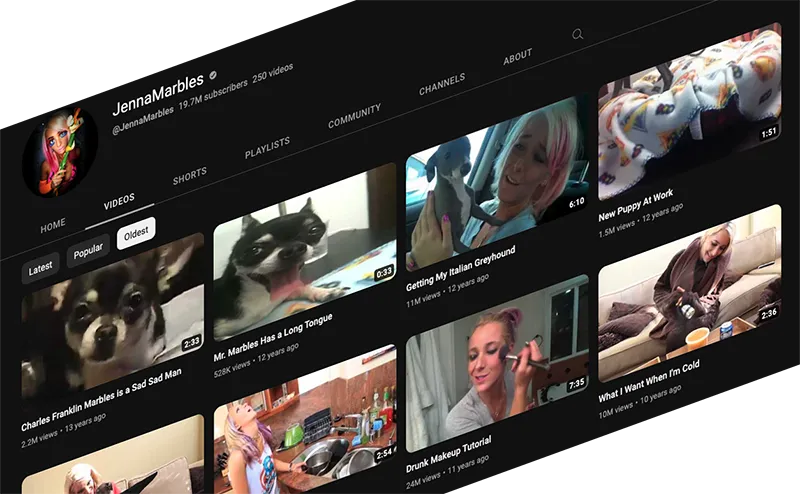
Actionable Tip: If you’re considering creating user-generated content on YouTube, find your niche and create content that resonates with your target audience.
Be consistent in your uploads, engage with your viewers through comments and social media, and always strive to improve the quality of your content.
Influence on the entertainment and media industry
YouTube disrupted the entertainment and traditional media industry by providing an alternative avenue for content consumption, allowing users to access an extensive library of entertainment, educational, and informational videos.
Traditional media channels faced new competition as YouTube stars gained massive followings, often rivaling mainstream celebrities.
This shift in power gave rise to new forms of entertainment and allowed for more diverse voices and perspectives to be heard.
YouTube’s Evolution and Milestones
Throughout its existence, YouTube has continuously evolved and achieved significant milestones, expanding its features, user base, and global reach.
Introduction of key features and functionalities
Over the years, YouTube continuously evolved, introducing new features that enhanced the user experience.
From the ability to subscribe to channels, and create playlists to the incorporation of live streaming, keeping users engaged and encouraging them to spend more time on the platform.
YouTube has consistently adapted to the changing needs and desires of its users.
This feature transformed YouTube into a viable career option for many creators.
Expansion of the user base and international reach
YouTube quickly expanded beyond its initial user base, attracting millions of viewers and creators worldwide.
Its accessibility and multilingual support and localized content enabled people from diverse cultures and backgrounds to engage with the platform, have contributed to its exponential growth and global influence.
Acquisition by Google
YouTube’s growth was nothing short of phenomenal. Within a short span, it became the most popular website for uploading videos and the second most viewed website after Google.
The platform’s user-friendly design, coupled with its unique ability to enable users to publish, view, comment, like, and share videos, set it apart from its predecessors.
In October 2006, Google recognized the potential of YouTube and acquired the platform for a whopping $1.65 billion.
This acquisition marked a significant milestone in YouTube’s history, propelling it to new heights, resulting in improved video quality, enhanced analytics for creators, and seamless integration with other Google services like Google Ads.
The Business Side of YouTube
The integration of YouTube with Google Ads allowed advertisers to target specific demographics, interests, and search keywords, maximizing the reach and impact of their ads.
In December 2007, YouTube launched the Partner Program, which allows channels that meet certain metrics.
The introduction of the YouTube Partner Program allowed content creators to monetize their channels through advertising revenue.
Through the YouTube Partner Program, creators can earn revenue from ads displayed on their videos.
Other monetization options include channel memberships, pay-per-view content, and YouTube’s premium subscription service, YouTube Premium.
This multi-faceted business model has not only contributed to YouTube’s success but also created opportunities for content creators to earn a living.
Impact on the Internet and Society
YouTube’s cultural and social impact is undeniable. It has become a platform for self-expression, creativity, and community building, influencing popular culture and empowering individuals and communities.
YouTube as a platform for expression and creativity
YouTube has given individuals a stage to express themselves and share their unique talents, perspectives, and stories.
It provided a stage for aspiring musicians, comedians, filmmakers, and vloggers to showcase their talents and connect with a supportive audience.
The Youtube platform has become synonymous with creativity and self-discovery.
Lindsey Stirling, a violinist, gained recognition through her YouTube channel, where she combined classical music with modern dance styles.
Her innovative approach attracted millions of viewers, showcasing the power of YouTube in nurturing unique artistic expression.
Influence on popular culture and trends
YouTube has played a significant role in shaping popular culture and driving trends. Memes, viral challenges, and internet sensations often originate on YouTube, spreading rapidly across the internet and capturing the attention of millions.
“Gangnam Style” by PSY became a global phenomenon after its music video went viral on YouTube. The catchy song and iconic dance moves sparked a trend that transcended borders, demonstrating YouTube’s influence on global pop culture.
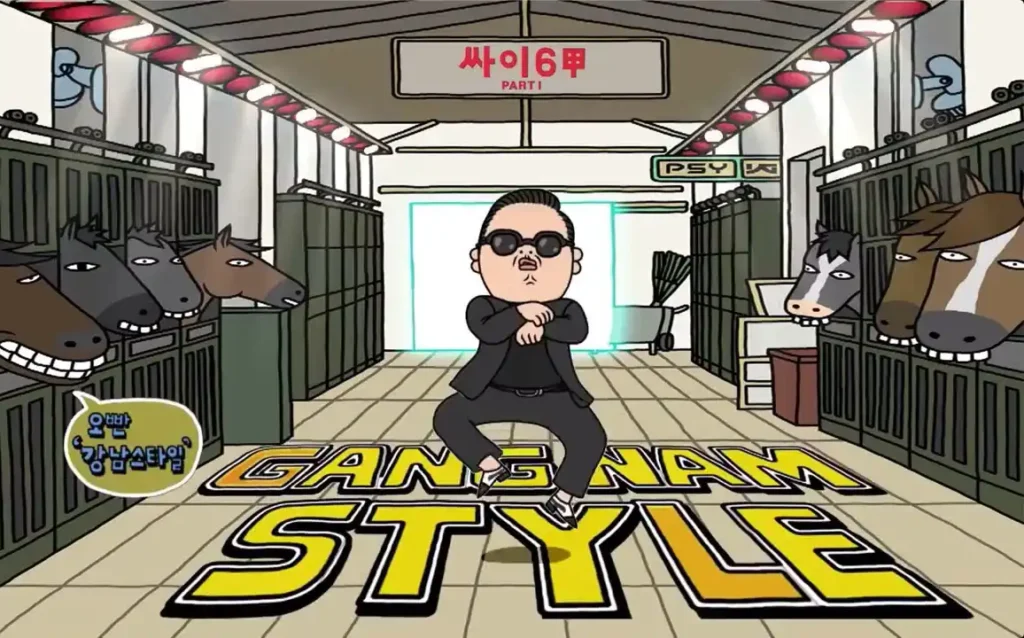
Empowering individuals and communities
YouTube empowered individuals and communities by giving them a voice. It became a platform for raising awareness, advocating for social causes, and fostering connections among like-minded individuals.
YouTube served as a catalyst for social change and community engagement.
YouTube’s Contributions to Online Marketing and Branding
Opportunities for content creators and influencers
YouTube opened up new avenues for content creators to monetize their work and build their personal brands.
The rise of influencers and brand collaborations on the platform created unique marketing opportunities, allowing businesses to connect with their target audience in an authentic and engaging way.
YouTube channels like Jubilee and SoulPancake tackle thought-provoking social issues and promote meaningful conversations.
They have created a community of viewers who actively engage in discussions and work towards positive change.
Advertising and monetization on YouTube
YouTube’s advertising model enabled businesses to reach a vast audience through targeted ads.
Content creators could also monetize their channels through advertising revenue and partnerships, incentivizing them to produce high-quality and engaging content.
Old Spice’s “The Man Your Man Could Smell Like” campaign became a viral sensation on YouTube.
The humorous and memorable ads generated millions of views, significantly boosting brand awareness and sales.
YouTube’s Dominance
YouTube’s dominance in the video-sharing industry is undeniable, but it faces challenges from emerging competitors.
However, with continuous innovation and strategic developments, YouTube remains at the forefront of online video and holds promising future prospects.
Competitors and challenges in the video-sharing industry
While YouTube enjoys a massive user base and widespread recognition, it faces competition from emerging platforms that cater to specific niches or offer unique features.
Platforms like TikTok, Instagram, and Twitch have gained popularity, especially among younger demographics, posing challenges to YouTube’s dominance.
Innovations and ongoing developments by YouTube
To stay ahead of the curve, YouTube continues to innovate and introduce new features. From improving content recommendation algorithms to enhancing accessibility and supporting emerging video formats, YouTube strives to provide an exceptional user experience and retain its position as the leading video platform.
YouTube’s algorithm-driven recommendations have improved over time, suggesting personalized content to users based on their viewing history and preferences.
This helps creators reach a relevant audience and keeps viewers engaged on the platform.
The Future of YouTube
As we look to the future, YouTube continues to innovate and adapt. With advancements in technology, we can expect to see more interactive and immersive content, such as virtual reality (VR) videos.
Moreover, as YouTube interfaces with the metaverse, the possibilities for content creation and consumption are endless.
Conclusion
From its humble beginnings to its current status as the world’s leading video-sharing platform, YouTube’s journey is a testament to the power of innovation and creativity.
As it continues to evolve and shape the digital landscape, one thing is certain: YouTube has forever changed the way we view and share videos.
FAQs
When was YouTube created?
YouTube was created on February 14, 2005.
Who are the early founders of YouTube?
The early founders of YouTube are Chad Hurley, Steve Chen, and Jawed Karim.
What are some key features of YouTube?
Key features of YouTube include subscribing to channels, creating playlists, auto recommendation, live streaming, and more.
Can content creators monetize their work on YouTube?
Yes, content creators can monetize their work on YouTube through advertising revenue and brand collaborations.

